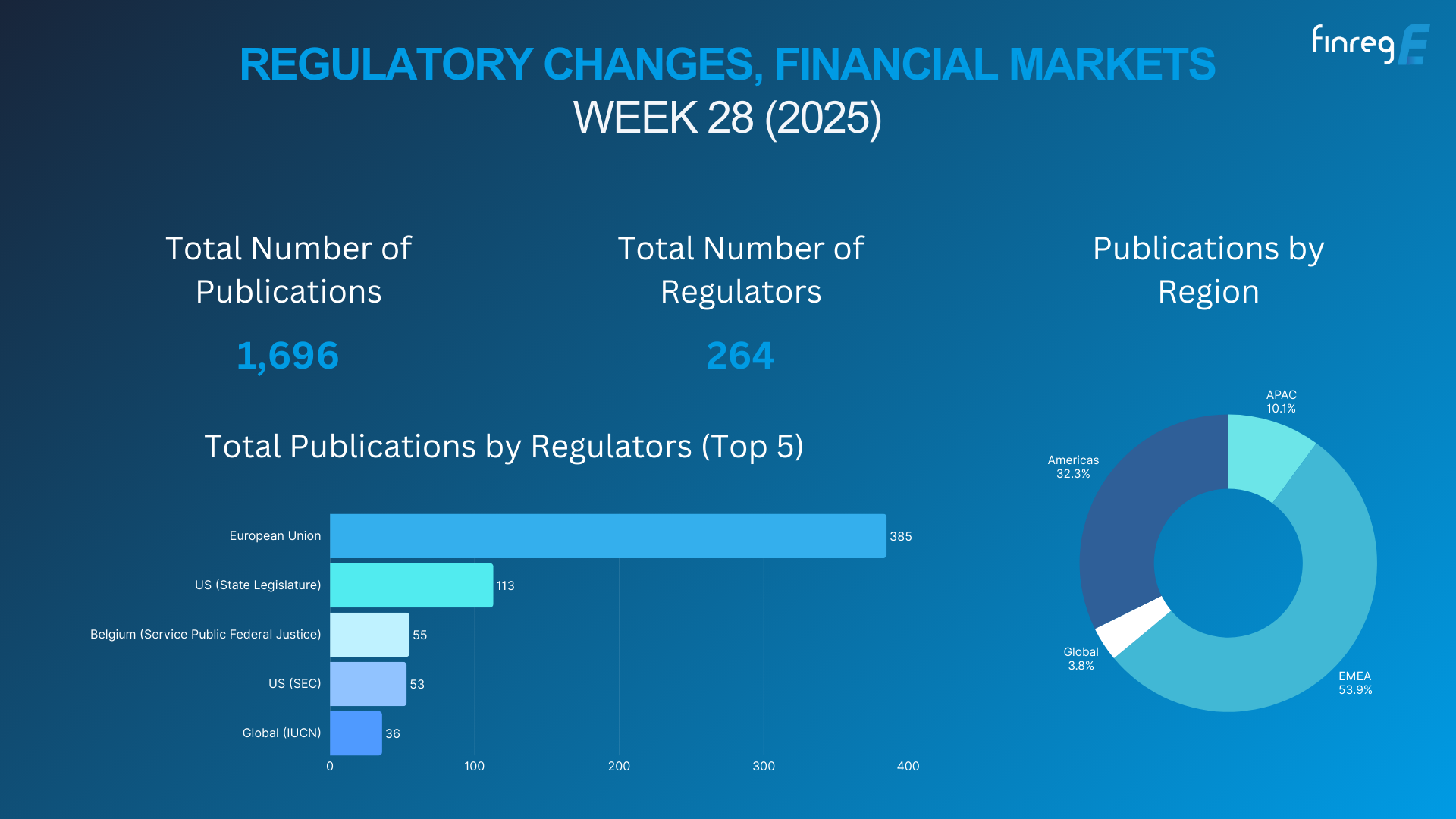Today, compliance officers working within the finance industry are facing significant challenges in regulatory compliance due to the introduction of stringent and complex regulatory guidelines.
Given the increasing number of challenges facing finance firms, it’s necessary to consider new strategies for meeting these dynamic requirements and overcome common compliance problems.
Here, leveraging automation technology to optimise compliance workflows is a key strategy that helps finance firms tread this ever-changing regulatory landscape carefully.
Compliance automation strategies, when implemented in conjunction with disruptive technology, can convert financial compliance into a more manageable process and help meet regulatory requirements, prevent costly fines, and even convert compliance into a cornerstone of success.
In this post, we explore how automating compliance workflows can help finance firms overcome contemporary challenges facing them.
The challenges of regulation in contemporary finance
Today, compliance professionals across the industry are dealing with significantly more regulatory information due to the slew of changes introduced by regulators. In fact, in a 2021 study, 78% of the 720 respondents stated that they now have to manage a large volume of regulatory information compared to previous years.
The study also reveals that the regulatory guidelines governing liability and accountability have become more stringent than ever before. Over 10% of compliance professionals are expecting a significant increase in personal liability regulations in the coming years.
What the greater emphasis on liability and accountability means is that it leads to higher compliance costs. 62% of respondents believe that the increase in compliance spending is directly related to the increase in accountability and liability regulations.
Also, the increased regulatory content and the higher emphasis on liability acts as a deterrent for profitability by discouraging finance firms from taking on ventures they would otherwise take on. For instance, some lucrative ventures may pose significant compliance challenges, making finance firms look for less risky options.
That said, today, compliance professionals are seeing this as an opportunity to transform compliance workflows from the ground up to build a culture of compliance within their organisations and make it a more strategic component of the business.
The benefits of using automation to optimise compliance workflows
In an environment where regulators are looking to make significant changes to compliance guidelines, leveraging technology to reduce the gap between regulatory requirements and business workflows can prove to be tremendously beneficial.
Interpreting and analysing regulatory content, determining regulatory gaps, and making changes to business workflows is a time-consuming process, one that prolongs risk assessment and drives up costs.
Optimising these compliance workflows using automation and RegTech solutions can reduce compliance gaps and avoid non-compliance issues, turning compliance into a more efficient process.
With an automated solution, compliance officers can respond rapidly to regulatory updates. For example, they can create or maintain an inventory of regulation updates, along with a list of regulatory agencies they must adhere to for efficient compliance monitoring.
Besides helping compliance officers maintain an extensive inventory of compliance information, automated compliance solutions also help them map the latest updates to institution-specific departments, products, services, and distribution channels.
In addition, tagging or mapping compliance guidelines to institution-specific policies and procedures ease the organisations’ transition to implementing the latest round of updates.
Furthermore, financial service providers can leverage automated RegTech solutions to determine what aspects of compliance warrant automated monitoring and even conduct self-assessments to provide evidence of their compliance status.
Meeting compliance challenges in the future
As finance firms face more stringent regulatory guidelines, stricter terms of liability, and larger volumes of regulatory content, leveraging automated technology to optimise compliance workflows can help turn compliance into a more profitable function within the organisation.
Optimising regulatory workflows can improve efficiency across departments in the face of a stricter regulatory environment.





